Javascript Essentials
"CLOSURE"
Closure
A closure is an inner function that has access to the outer (enclosing) function’s variables—scope chain. The closure has three scope chains: it has access to its own scope (variables defined between its curly brackets), it has access to the outer function’s variables, and it has access to the global variables.
You create a closure by adding a function inside another function.
A Basic Example
function showName (firstName, lastName) {
var nameIntro = "Your name is ";
// this inner function has access to the outer
// function's variables, including the parameter
function makeFullName () {
return nameIntro + firstName + " " + lastName;
}
return makeFullName ();
}
showName ("Michael", "Jackson"); // Your name is Michael Jackson
Closures have access to the outer function’s variable even after the outer function returns:
function celebrityName (firstName) {
var nameIntro = "This celebrity is ";
// this inner function has access to the outer function's variables, including the parameter
function lastName (theLastName) {
return nameIntro + firstName + " " + theLastName;
}
return lastName;
}
var mjName = celebrityName ("Michael"); // At this juncture, the celebrityName outer function has returned.
// The closure (lastName) is called here after the outer function has returned above
// Yet, the closure still has access to the outer function's variables and parameter
mjName ("Jackson"); // This celebrity is Michael Jackson
Closures store references to the outer function’s variables
function celebrityID () {
var celebrityID = 999;
// We are returning an object with some inner functions
// All the inner functions have access to the outer function's variables
return {
getID: function () {
// This inner function will return the UPDATED celebrityID variable
// It will return the current value of celebrityID, even after the changeTheID function changes it
return celebrityID;
},
setID: function (theNewID) {
// This inner function will change the outer function's variable anytime
celebrityID = theNewID;
}
}
Learn Javascript closures
By Tarun Sharma
Learn Javascript closures
- 833



